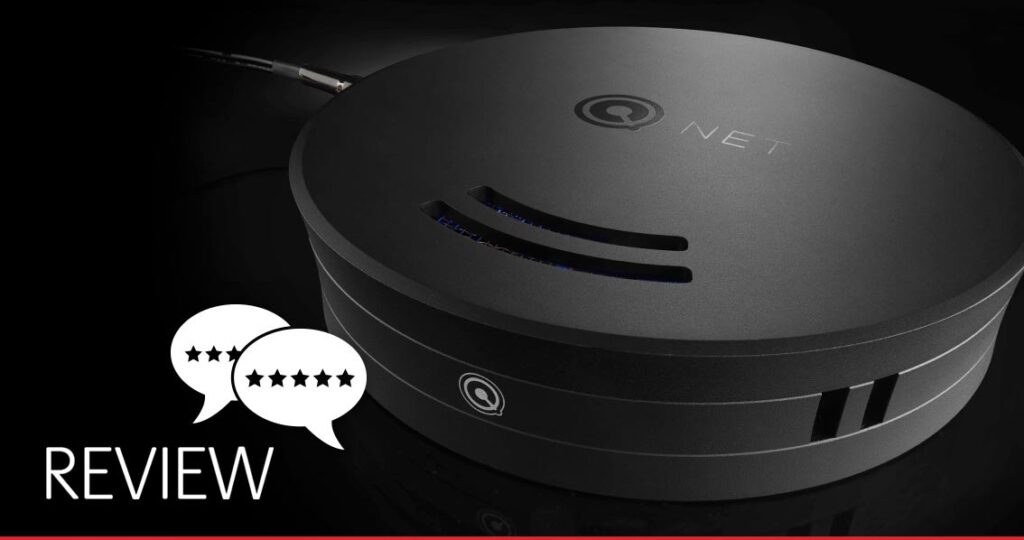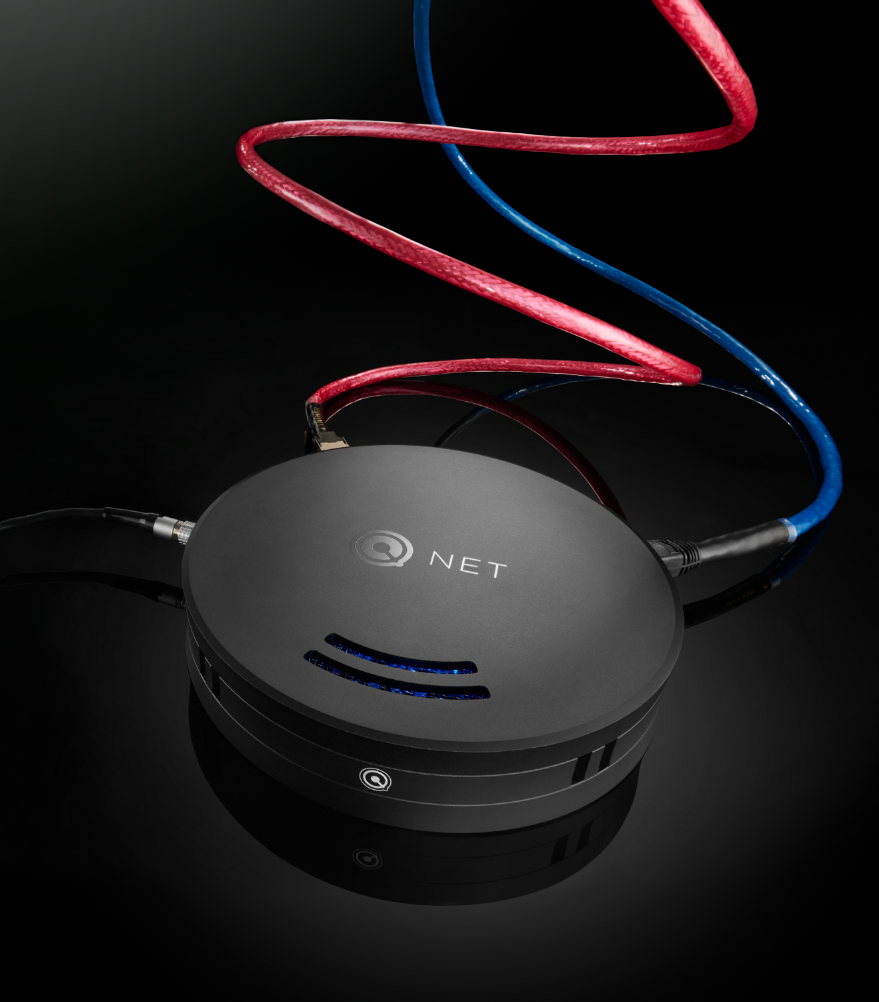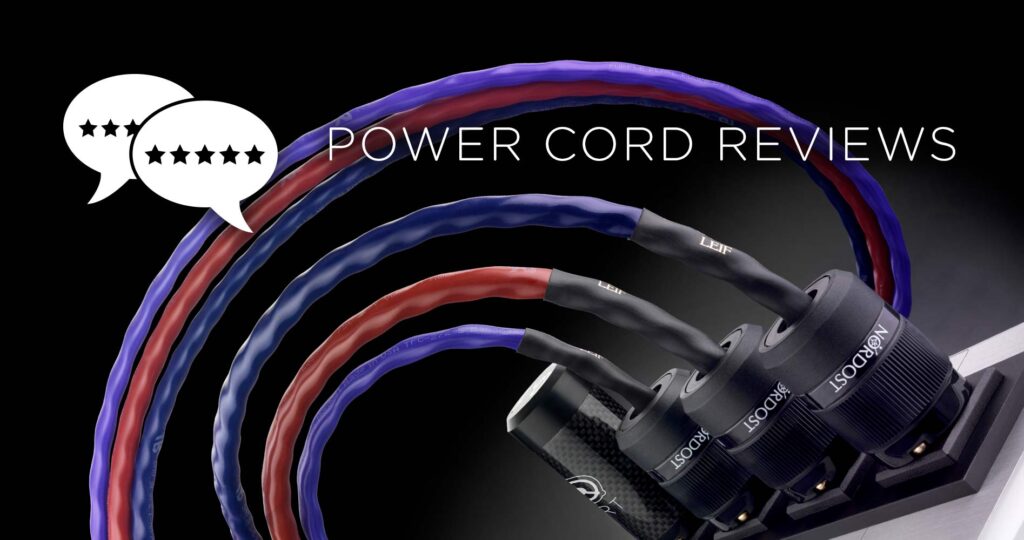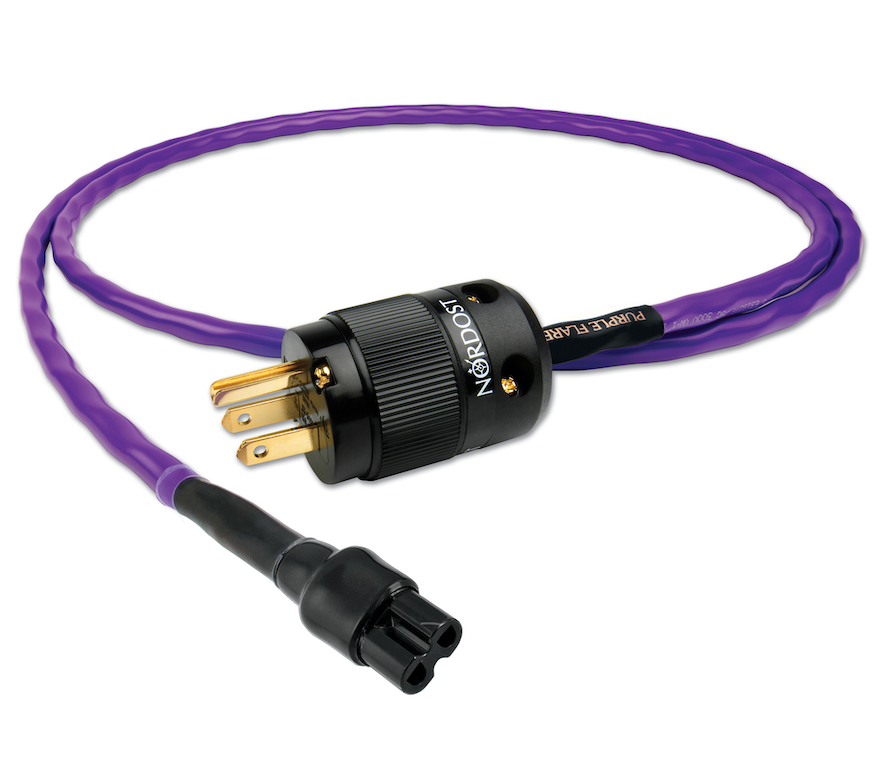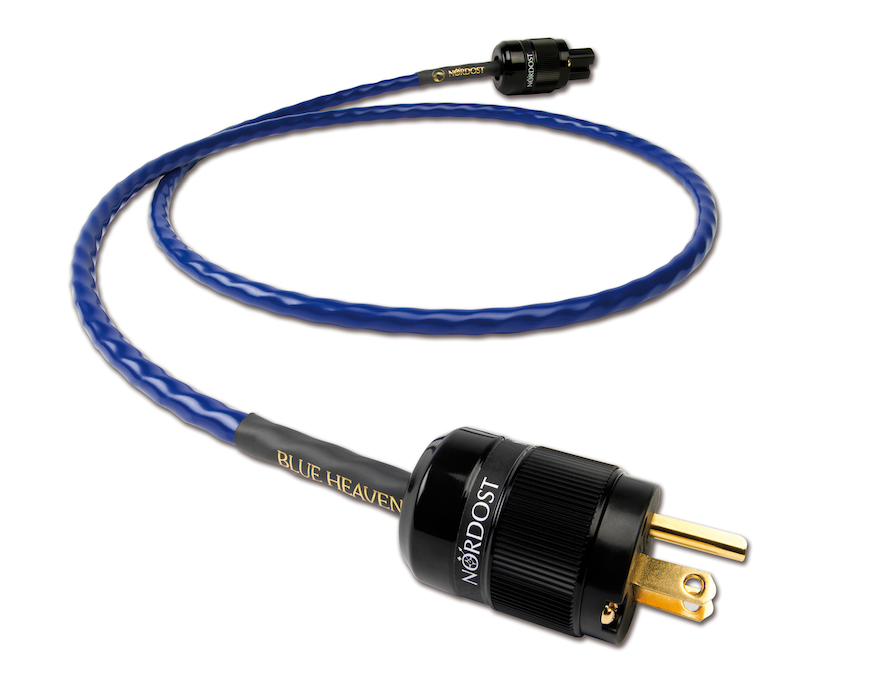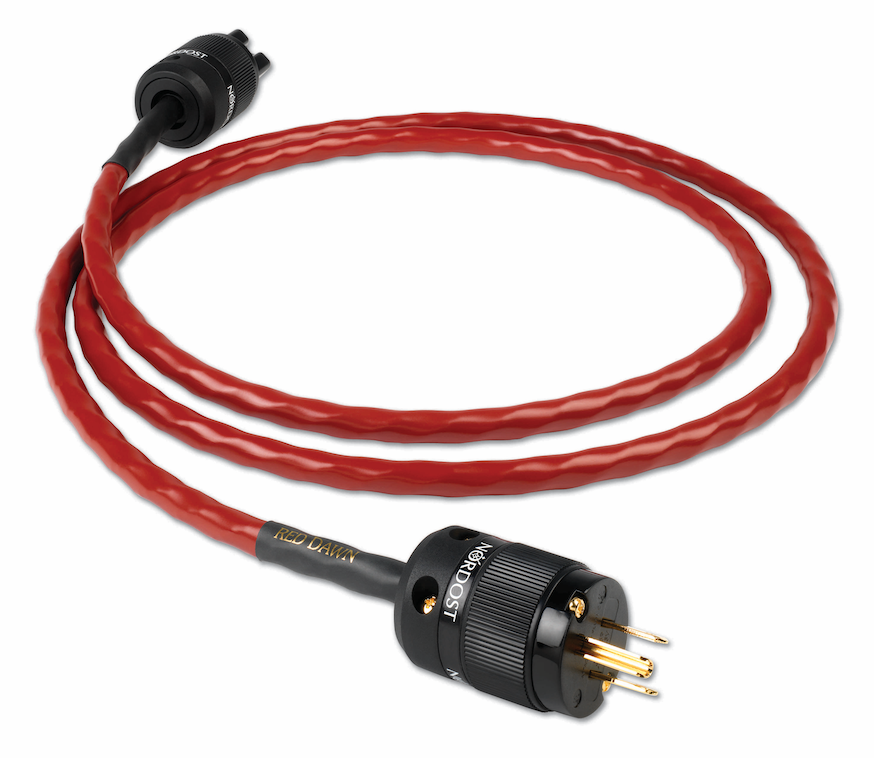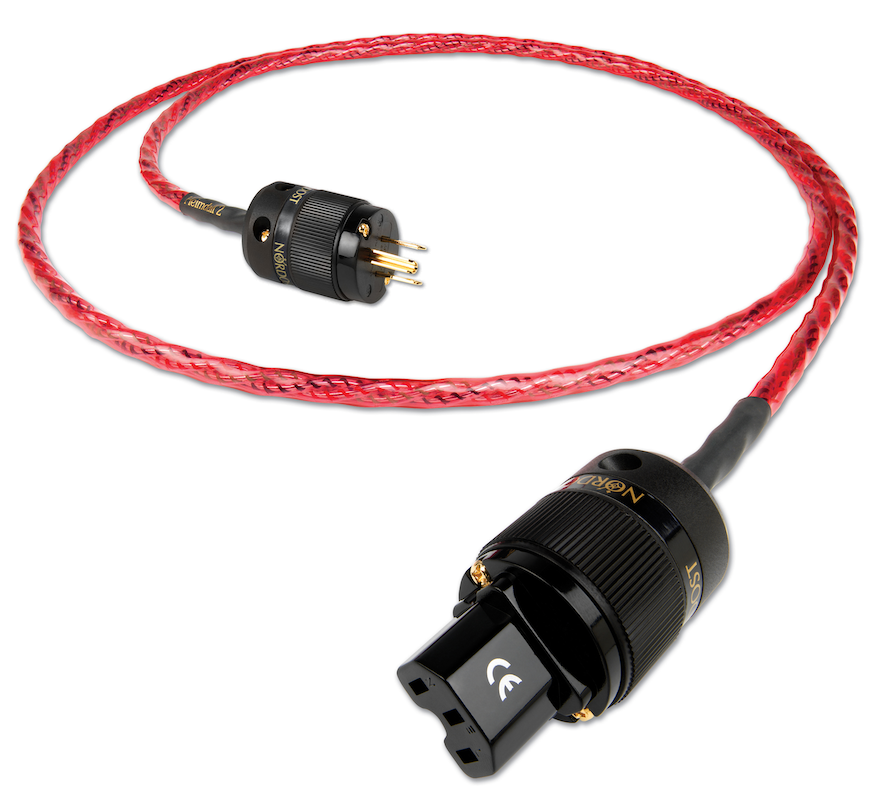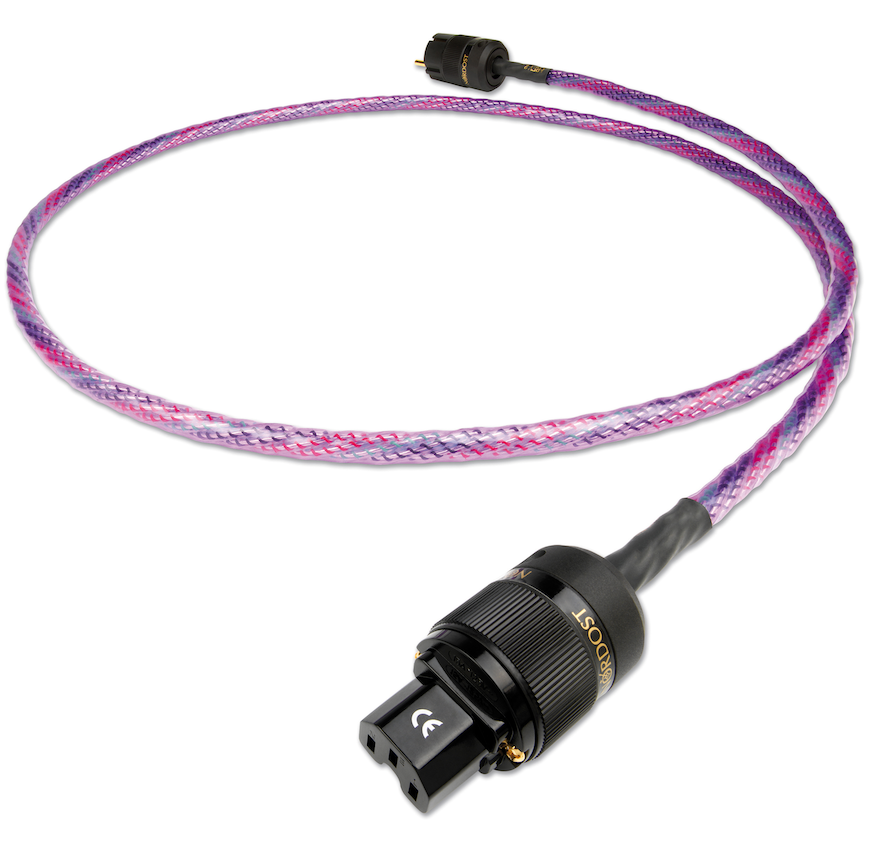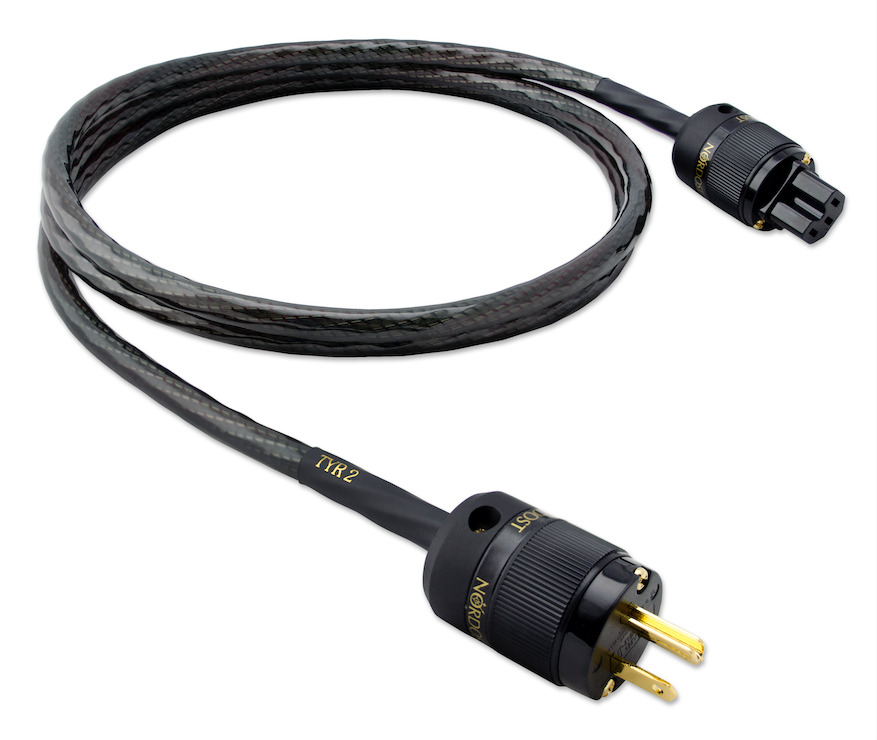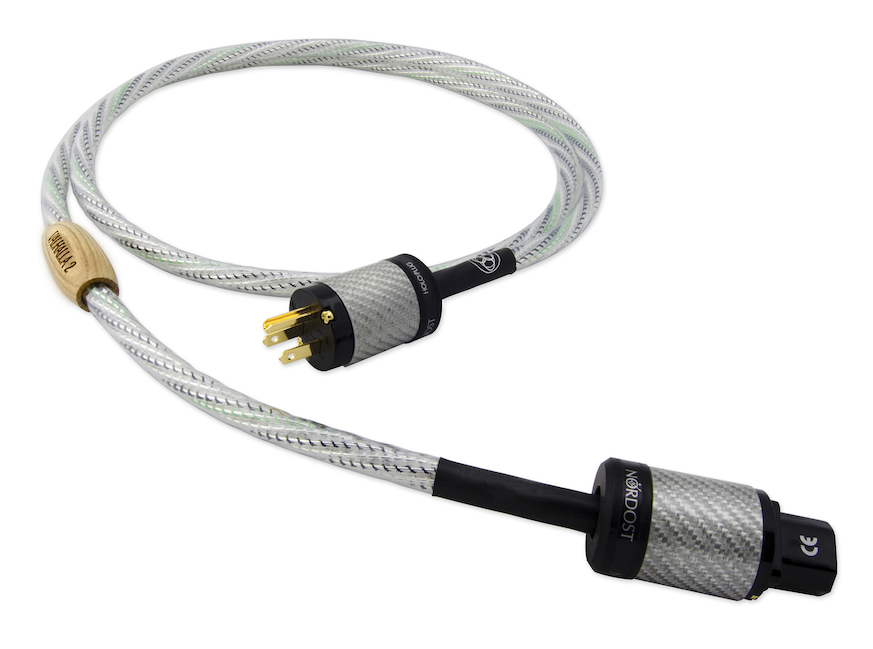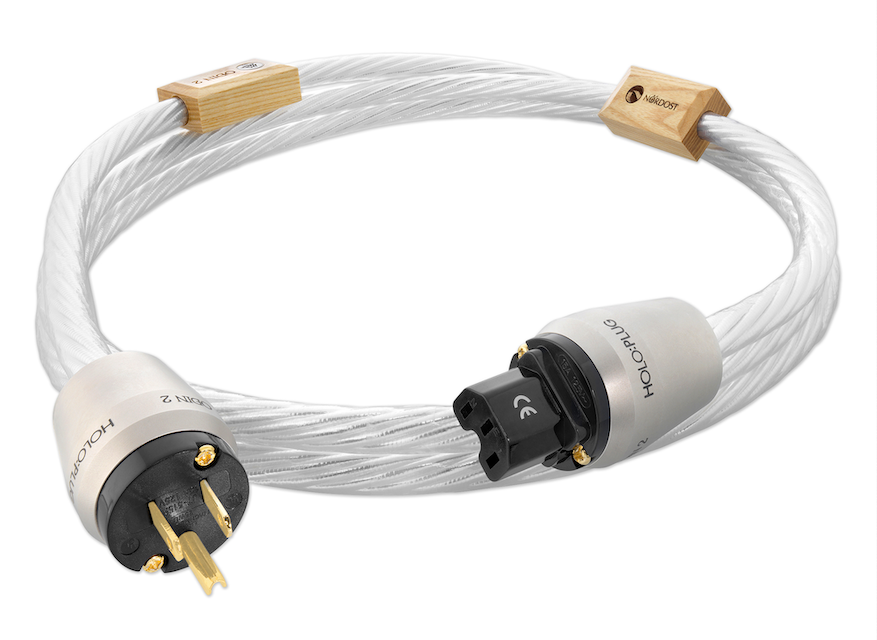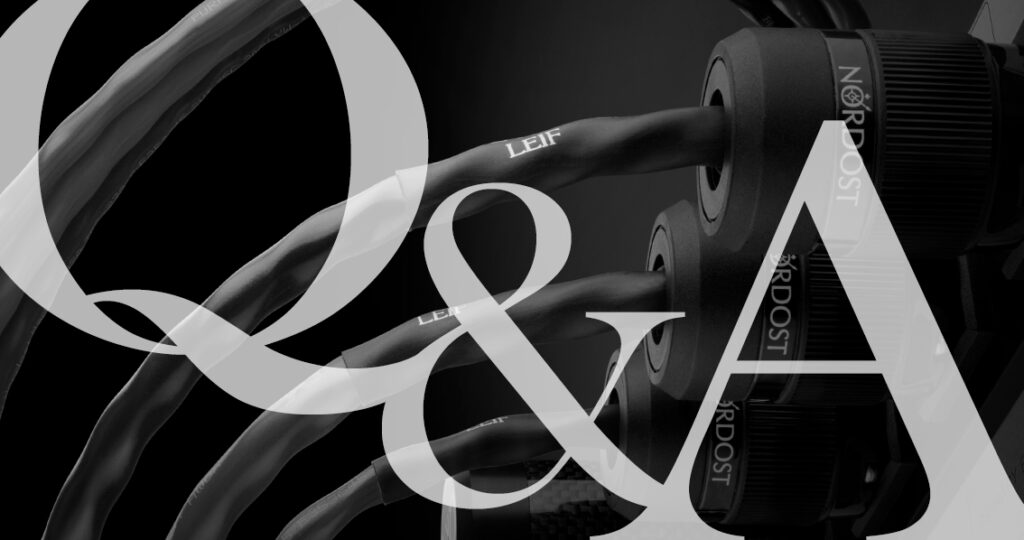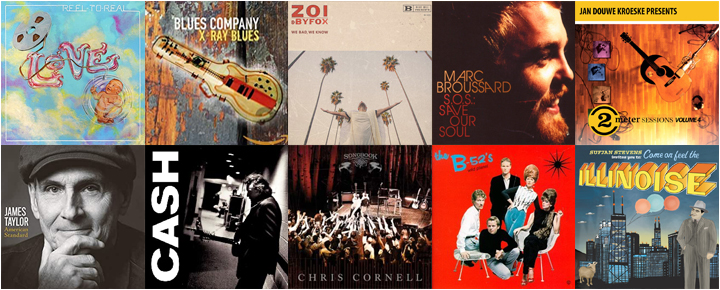Real music lovers can find the melody in everything. From the park to the concert hall, our friend Nelson Brill is always on the hunt for great sound. In this blog, Nelson takes us to the oldest free blues festival in the world: The Chicago Blues Festival. Here, he gives us a detailed account of the outstanding performances made throughout the weekend by blues lions, old and young!
CHICAGO BLUES FESTIVAL 2022- ROCKING THE DOWN HOME BLUES
By Nelson Brill | August 5, 2022

The Chicago Blues Festival (“Festival”), the oldest free blues festival in the world, roared back to life this June 9-12th, presenting three days of performances held before thousands of blues fans gathered in Millennium Park in downtown Chicago. The non-stop blues action took place at the Festival’s three stages: the spacious outdoor “Jay Pritzker Stage” and lawn (“Pavilion”), the “Mississippi Juke Joint Stage” (“Juke Joint Stage”) and at the intimate “Rosa’s Lounge Stage” (hosted by Rosa’s Lounge legendary owner, Tony Mangiullo, who has presented blues and jazz acts at Rosa’s Lounge in Chicago for more than 38 years; www.rosaslounge.com). Rosa’s Lounge Stage was nestled in the area of the Festival called “Blues Village” where several Chicago-based organizations, including Chicago Blues Revival [www.chicagobluesrevival.org a nonprofit supporting blues education and performances in the neighborhoods of Chicago) and the Mojo Museum (www.mojomuseum.com working to transform Muddy Waters’ Chicago home into a future blues museum) were soliciting support. The Blues Village was located near the famous outdoor sculpture, “The Cloud Gate”, (nicknamed “The “Bean”) by British artist, Anish Kapoor, that sits at the heart of Millennium Park. A captivating vision of our “true America” was captured in strolling past the “The Bean” during the Festival. While the blues swept through the air, a constant flow of multi-racial, international and multi-generational people strolled (and danced!) in and around The Bean’s metallic surfaces, creating a beautiful vision of humanity intermingling naturally and collectively soaking-up the positive energy of the blues.

Every act at this year’s Festival mined its own special vein within the rich soil of Chicago blues, ever-evolving and moving forward. The Festival’s daily Tribute Shows held at the Pavilion were special treats. On Friday, June 10th, an all-star band paid tribute to legendary bassist, composer and singer, Bob Stroger, (91 years young). Stroger, tucked into a dapper bright blue suit, lead his tight band with glee, his irrepressible grin accompanying his rubbery bass lines and dusky vocals. Guitarist Billy Flynn, an alum of countless Chicago bands, fired-up crisp runs and snappy string bends on his electric guitar while a sly “One-Take” Will Shackford twirled his chords on his funky keyboard. Formidable drummer Kenny Smith held down all the dancing grooves with combustible force, his big cymbal splashes and tight snare keeping the radiant beat flowing forth.

With joyful swinging facility, Stroger and his band performed Chicago blues classics mixed with new tunes taken from Stroger’s dynamic new album, That’s My Name, (on the legendary Chicago label, Delmark Records [www.delmark.com]. On his new album, Stroger ranges afield with his spirited Brazilian band, The Headcutters, in a strutting celebration from Ma Rainey to Eddie Taylor. In addition to new tunes from this album, Stroger’s joyful set at the Festival also delivered classic Chicago blues numbers including as a fiery version of “Nothin’ But The Blues!” and a bold version of Robert Johnson’s nugget, “Sweet Home Chicago”, taken at a locomotive pace with Stroger twirling in circles with his bass in giddy celebration.

A second Tribute Show -held at the Pavilion on Saturday- was the “Chicago Soul Tribute” that featured a number of legendary Chicago blues singers backed by the swashbuckling Big Bad Blues Band, conducted by esteemed bluesman, Willie Henderson. One highlight from this rousing show was the appearance of Chicago’s elder statesman, Cicero Blake, singing with great charisma in his butterscotch-melting voice. Blake sang one of his famous tunes, “Dip My Dipper” (“I’d love to dip my dipper into someone else’s dipper!”) carousing his honeyed vocals in duet with the band’s trombone section, who added their romping low honks and soars to Blake’s sweet and sly vocals.

On Sunday, a final Tribute Show at the Pavillion featured another delectable treat: a celebration of Chicago’s great blues women artists in tribute to legendary performer, Mary Lane. Hosted by vivacious blues singer and entertainer, Lynne Jordan, the show ignited with a swinging all-women’s band playing a rollicking Memphis Minnie tune highlighted by Anne Harris’ fiery violin, a hot washboard solo by Peaches Staten and a burning slide guitar solo by the great Donna Herula.

Vocalist extraordinaire Nora Jean Wallace, took to the stage in her flowing gown and belted out a sly blues ballad which, towards its conclusion, had Wallace shuffling wordless vocals in the deep recesses of her cheeks that created a soulful earthy edge to her powerful performance. The celebration continued with a bold Demetria Taylor (walloping a Koko Taylor-inspired “Stay Calm”) and an elegant Shirley Johnson, smoothly caressing a swinging version of “Take A Chance!” as the crowd sung and danced along to her glittering sway.

On its other stages, the Festival delivered astonishing treats from blues lions – old and young. One unforgettable highlight was the performance – on early Sunday morning at the Juke Joint Stage – by legendary Chicago bluesman, Lurrie Bell, accompanied by his two brothers – Jamie Bell on drums and Steve Bell on harp- accompanied by “Harry C” on bass.

From their first note of BB King’s “Everyday I Have The Blues”, Lurrie and his stellar band held the capacity audience transfixed. Lurrie played his electric guitar with effortless dazzle and soul. Its as f he pulled from the air, like an expert juggler, amazingly lithe and expressive twirls, runs and searing blasts on his guitar, instinctively knowing the placement of each note in his boogie blues or soulful blues ballad pacing. His fleshy touch on the chugging “Call Me On The Phone Sometime” was pungent and grooving, his husky vocals inhabiting his tunes with ease. The band ripped through heated versions of Muddy Waters and Junior Wells tunes with strident force with Lurrie scattering his alighting runs and propulsive bent strings in devilish glee. (At one point, he stung and hung onto a single high note for a full minute or more as it melted and swayed in the hot air). Steve Bell added his volcanic harp at every turn, utilizing his amazing circular breathing to expand and pound-down his bluster. At one point, he ventured into the crowd with his blasting harp, encouraged by the crowds surrounding him to search for the highest searing notes with raw tremulous power. In concluding their volcanic set, the band blasted away on a rocking version of “Sweet Home Chicago” and then tore up Jimmy Smith’s classic, “Got My Mojo Working!” with Lurrie a pell-mell frenzy on his glowing frets and his wiry brother, James, concussing the radiant boogie with his crisp hits of cymbals and dollops of huge bass drum.

Talking about great versions of “Got My Mojo Working”, I recommend a new CD release from the Muddy Waters legacy of recordings, Muddy Waters The Montreux Years [BMG]. Here’s a fabulous live recording that captures Waters and his stellar band at their raw rocking best. From the roguish “Nobody Knows Chicago Like I Do” to the fiery “Mojo Working” to a powerful “Same Thing”, this live nugget takes you into Waters and his great bands’ boogie and charms with tactile heat and a physical presence that begs for toe-tapping.

Back at the Festival, Steve Bell’s blustering harp was not the only harp on fire. The legendary harp master, Billy Branch, recipient of a Living Legend Award by the storied Blues Foundation (www.blues.org], hit the Pavilion on Friday night with his Sons of Blues Band and rocked with a whiplash boogie focus. He presented some classic gems as well as tunes gleaned from his Roots and Branches – Songs of Little Walter album, a superb collection of powerhouse Chicago blues recorded on the legendary Chicago blues label, Alligator Records [www.alligator.com].

His version of “Boom, Boom Out Go the Lights” – taken from Roots and Branches– was a thrill with Branch’s harp shimmering and shaking up to its highest squall (Branch using his great circular breathing and his fingers clasped around the very tip of his tiny harp to squeeze his highest climb) while his swanking keyboardist, Sumito Ariyoshi, brewed funky flourishes and colorful chord changes. Branch’s vocals were strong and confident, partnered buoyantly with his harp in its tender moments, (such as on the swaying ballad “Down In The Deep Blue Sea”), and in its seismic bursts on the blistering “Blues Shock”.

Another young lion on the harp was Chicago’s own Rob Stone, who was performing at Rosa’s Lounge Stage, along with Andrew Diehl on guitar, E.G. McDaniel on bass and Willy “the Touch’ Hayes on drums. With his tight-knit band in tow, Stone’s jump blues and swagger were a dancing wonder. He cradled his harp in a circular dance, bowing and raising, to work the fast and slurry groove. The band achieved a swinging irresistible attack that had the crowd dancing and shaking their limbs.

For more blues harp heaven, check out the fantastic recordings by harp master Bob Corritore, in particular, his 2018 CD, Don’t Let The Devil Ride, [Vizztone Group Records; www.vizztone.com] where Corritore is joined by a stellar group of musicians recorded in several studios over the years. The recording is suffused with the ambient heat of these recording sessions where brilliant musicianship is captured in its comradely give and take. For instance, take a listen to “The Glide”, (with Sugarray Rayford at the vocal helm and Junior Watson on the guitar), for a bolt of great roadhouse blues or check out Big Jon Atkinson’s expressive heated guitar on any number of other great tunes on this recording. All the vocalists on this record are sensational, digging deep with their individual vocal styles and expressive power into the narratives of each song. Carritore’s glittering harp sings and soars through out, laying down bright and gutsy soul in all his creative blues paths.

Finally, so many great guitarists, both young and seasoned, graced the stages of this year’s Festival. Guitarist extraordinaire Dexter Allen performed a searing display of guitar wizardry on Saturday at the Juke Joint Stage, hurling funky glory and vocal charisma (“Put Your Blues On Me!) and earth-shaking pulse (on his burning version of Albert King’s “Born Under A Bad Sign”). Rico McFarland and Ronnie Baker Brooks commanded the Pavilion with their assured tightly grooving bands, each player lightning quick in their guitar mastery. Both bands had the capacity audiences dancing in the aisles to their effortlessly spun melodies, rambunctious grooves and sway with their gutsy vocals – a perfect partner to their searing guitar creations.

And then there was the sensational performance given by the young Melody Angel, at the Pavilion late Saturday afternoon. This was the first time Angel had played before such a large audience and she was clearly inspired the moment she hit the stage. She played her electric guitar with an emblem of Jimi Hendrix blazed on its front and her version of “Hey Joe” was a volcanic treat. She strode to the sides of the stage; went down to her knees; plied her guitar with a wide grin and hurled each searing note into the air with total abandon and glee. On her version of Big Mama Thornton’s “Ball and Chain”, Angel pounced with gusto, her vocals strong and determined. Her band mates joined her perfectly with tight bass lines and cauldron drums with Angel’s mother contributed soulful backup vocals. Angel’s urgent “Dance With Me Baby!” and her dynamic version of Howlin’ Wolf’s “Spoonful” (“I’m doing it my way!”) were earthy and powerful statements, highlighting the staccato lightness of her rhythm guitar skill and her creative use of wah-wah pedals and electronic effects to augment the emotional punch of her music. In the capacity crowds’ roaring ovations, you could tell that this young talented artist had connected with her audience in a special way: a shared exuberant moment in the glory and healing power of the blues.

You can read more of Nelson’s concert reviews at www.bostonconcertreviews.com.

